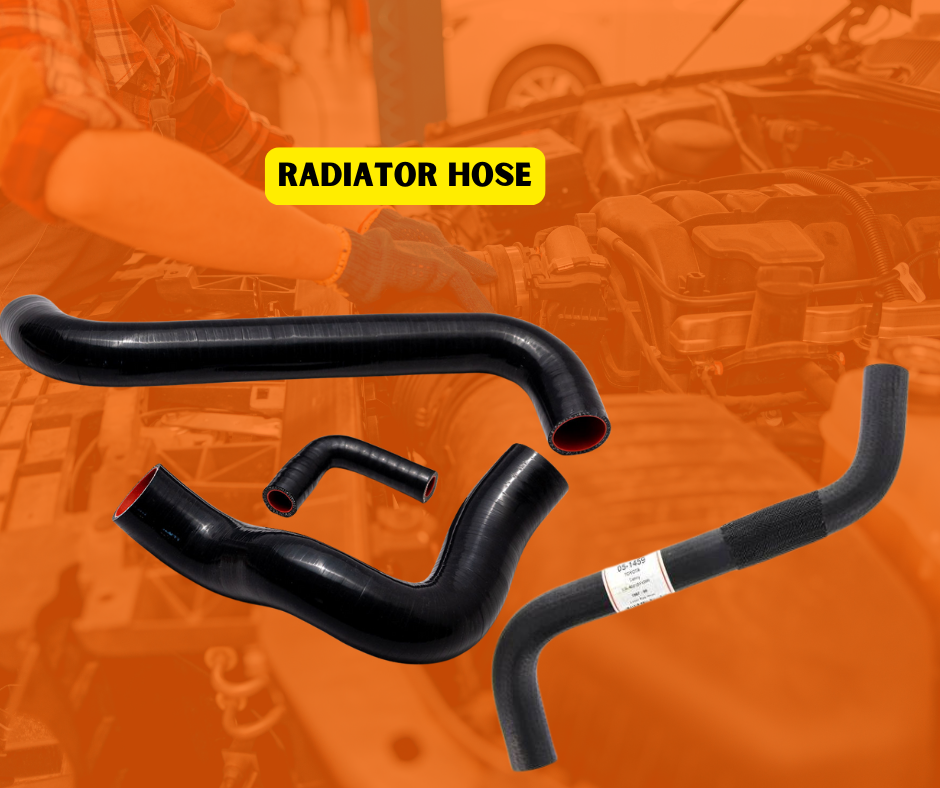Warning Signs of a Failing Radiator Hose

Keep your vehicle running smoothly by spotting the early signs of a failing radiator hose before it leads to bigger problems.
Understanding the Role of Radiator Hoses in Your Vehicle
Radiator hoses are critical components in your vehicle's cooling system. They carry coolant between the engine and the radiator, helping to regulate the engine's temperature and prevent overheating. Without functioning radiator hoses, your engine could suffer severe damage from excessive heat.
Radiator hoses are typically made from durable rubber or silicone, designed to withstand high temperatures and pressures. However, over time, even the best hoses can wear out, leading to potential leaks and engine issues. Understanding their role and maintenance can help you avoid costly repairs.
Visible Cracks and Wear: The First Red Flags
One of the most apparent signs of a failing radiator hose is visible cracks and general wear. Over time, the constant exposure to heat and pressure can cause the rubber in the hoses to degrade, leading to cracks. Regularly inspect the hoses for any signs of wear, including tiny cracks, frayed edges, or any areas that seem thinner than the rest.
If you notice these issues, it's wise to replace the hose immediately. Ignoring visible cracks can lead to more severe problems, such as leaks or even a complete hose failure, which can cause your engine to overheat.
Leakage Issues: Spotting the Subtle Signs
Leakage is another common sign of a failing radiator hose. Sometimes, leaks are apparent, with visible coolant puddles under your vehicle. However, leaks can also be more subtle, such as a slow drip or a small wet spot on the hose itself.
Regularly check under your vehicle for any signs of coolant leaks. Additionally, inspect the radiator hoses for any wet spots or areas that appear damp. Catching a leak early can prevent more significant issues and keep your vehicle running smoothly.
Swelling and Blisters: Symptoms of Internal Damage
Swelling and blisters on your radiator hose are clear indicators of internal damage. These issues often arise due to the hose's exposure to excessive heat or chemical reactions with the coolant. When a hose swells or develops blisters, it means the integrity of the material has been compromised, and it's at risk of bursting.
If you notice any swelling or blisters on your radiator hose, it's crucial to replace it immediately. Continuing to drive with a compromised hose can lead to sudden leaks or complete hose failure, potentially causing your engine to overheat and suffer damage.
How to Test Radiator Hose Health at Home
Testing the health of your radiator hoses at home is a simple process that can save you from unexpected breakdowns. Start by visually inspecting the hoses for cracks, leaks, and swelling. Next, feel the hoses for any soft spots, as these can indicate internal deterioration.
Additionally, check the connections at each end of the hose to ensure they are tight and secure. Loose connections can lead to leaks and should be tightened or replaced if necessary. Regular home inspections can help you catch early signs of wear and keep your vehicle running efficiently.

 Loading..
Loading..